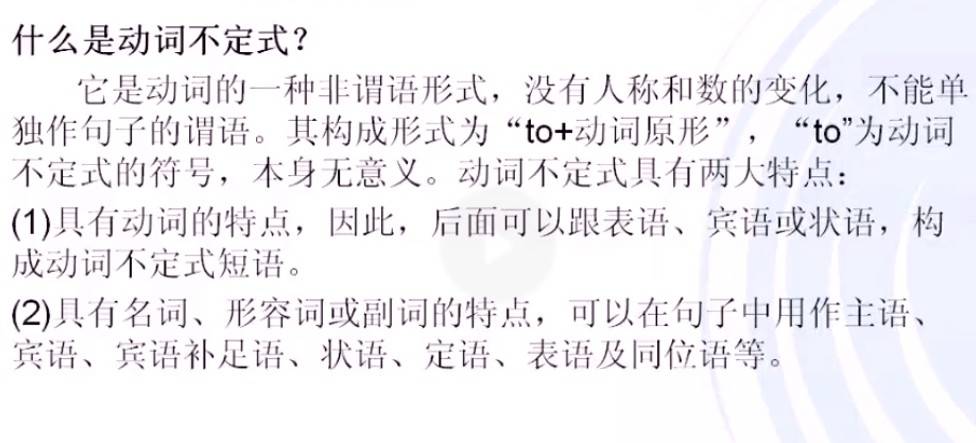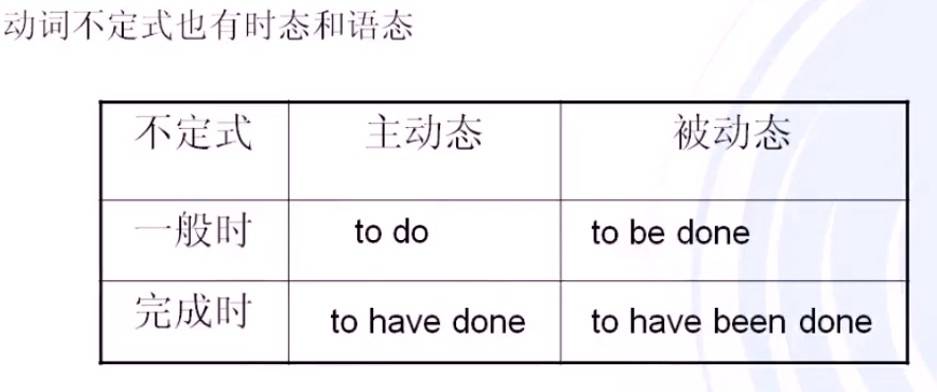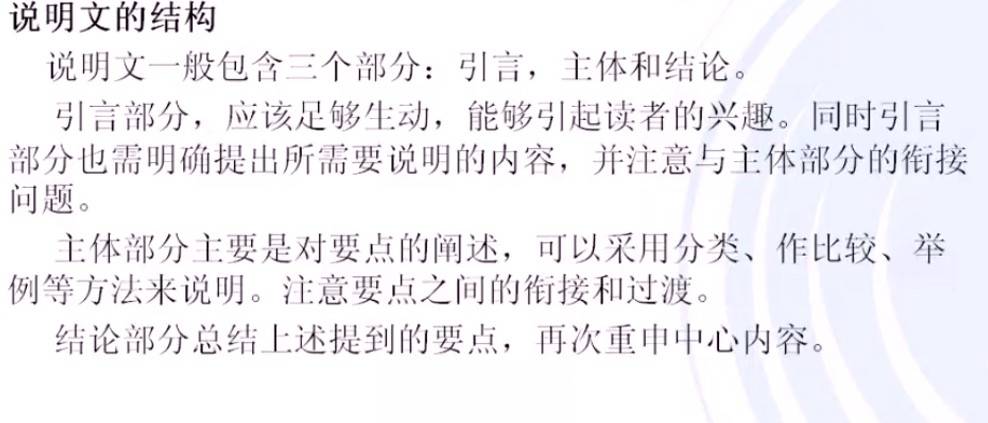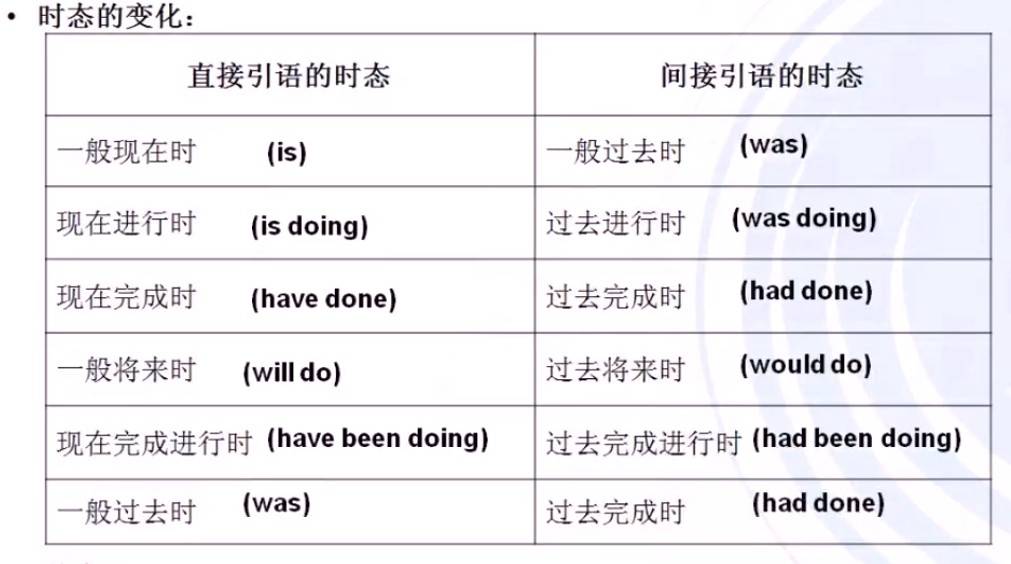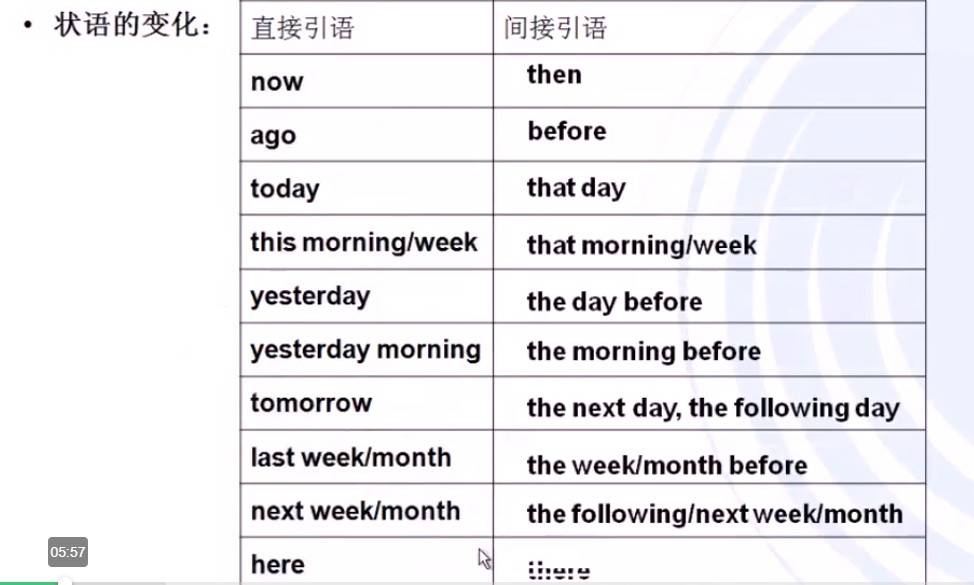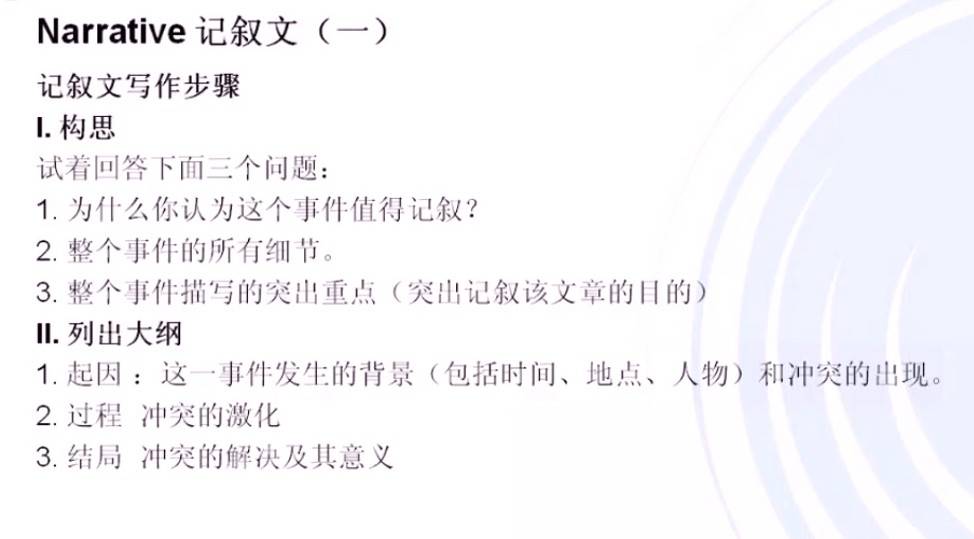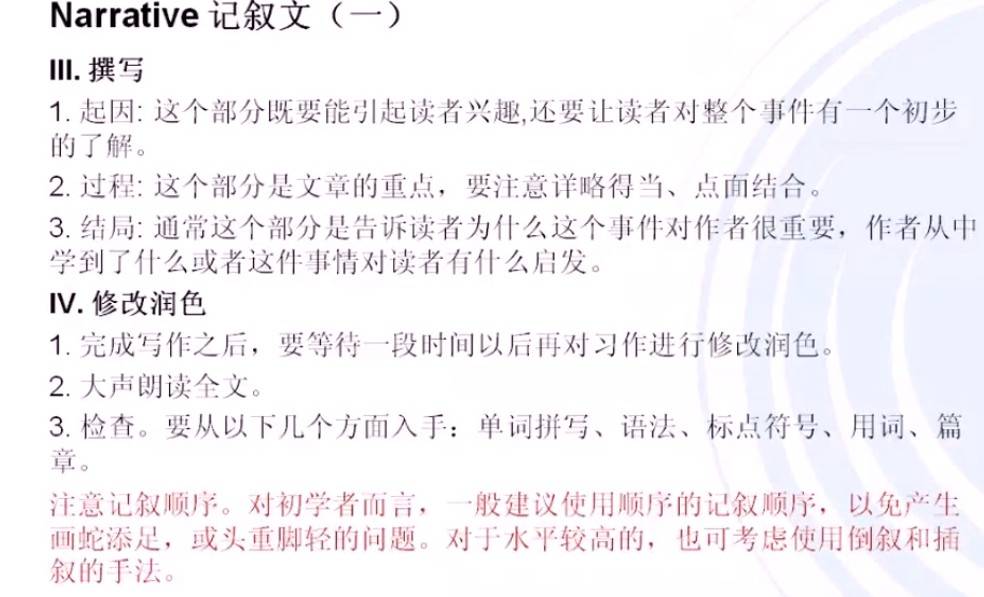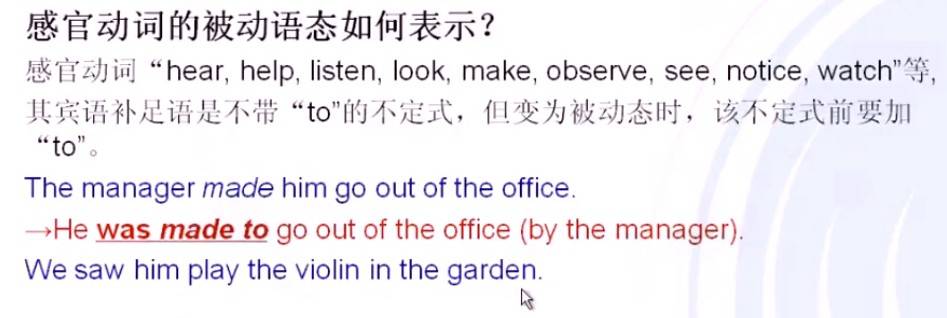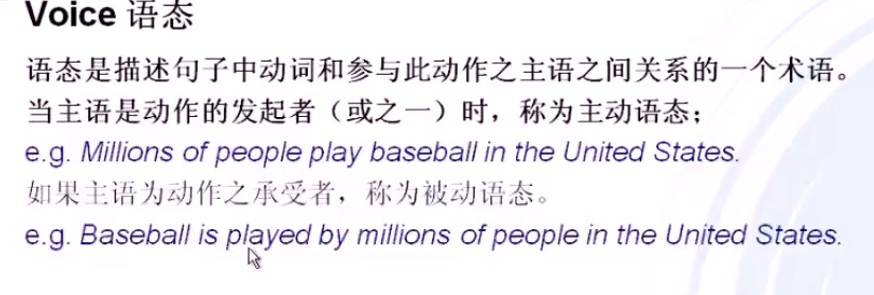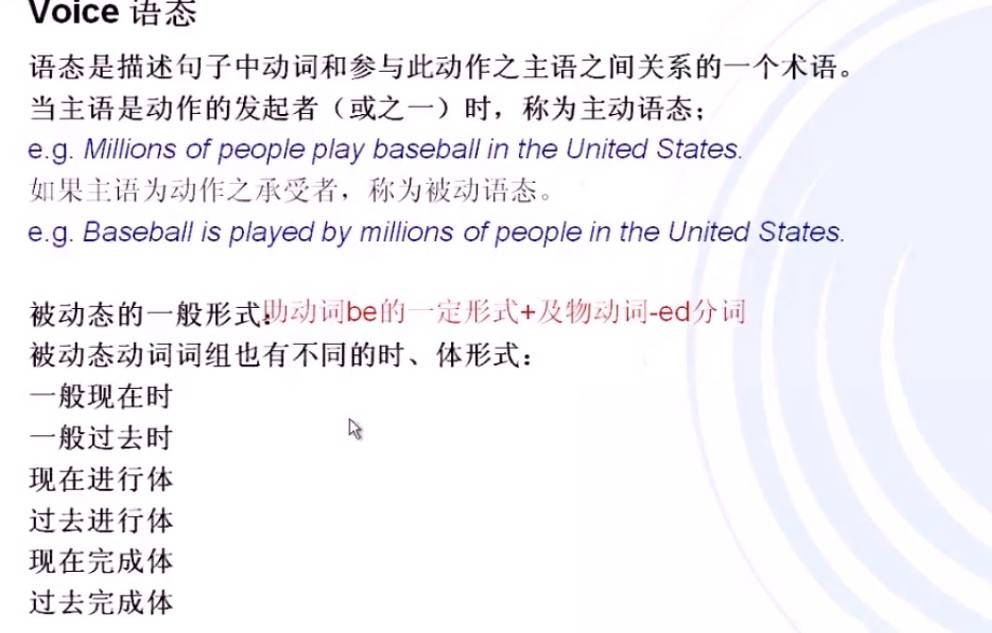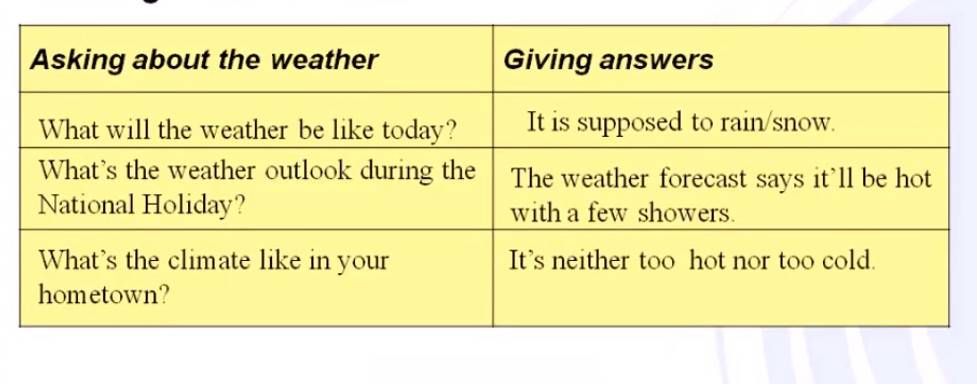
直接引语和间接引语
1.定义
直接引语:直接引述别人的话
间接引语:用直接的话转述别人的话。
2.将陈述句的直接引语转换为间接引语
直接引语如果是一个陈述句,变为间接引语时,用“that"引导(that在口语中常省略),同时that从句中的人称,时态,指示代词,时间状语,地点状语等都要做相应的变化。
1)时态的变化
直接引语的时态 间接引语的时态
一般现在时 is 一般过去时 was
现在进行时 is doing 过去进行时 was doing
现在完成时 have done 过去完成时 had done
一般将来时 will do 过去将来时 would do
现在完成进行时 have been doing 过去完成进行时 had been doing
一般过去时 was 过去完成时 had done
当直接引语表达的是客观真理时,变为间接引语时时态不变。
2)代词的变化
直接引语
i --he/she
we--they
you-- i
me--him/her
us--them
this--that
these--those
3)状语的变化
now --then
ago--before
today--that day
this morning/week--that morning/week
yesterday--the day before
yesterday morning--the morning before
tomorrow--the next day,the following day
last week/month--the week/month before
next week/month--the following/next week
here--there
4) 疑问句的直接引语转换为间接引语
(1)直接引语如果是一般疑问句,将直接引语变为由”if “或”where“引导的宾语从句跟在引述动词之后;若直接引语引述动词为”say"时要改为“ask"等。
he said,"are you from beijing?"
--he asked me if i was from beijing.
(2)直接引语如果是特殊疑问句,将直接引语变为由原来的疑问词引导的宾语从句跟在引述动词之后。
"why are you late?" he asked me.
he asked me why i was late.
注意:改为宾语从句的间接引语要用陈述词序
5)直接引语是祈使句转换为间接引语
(1)如果祈使句是肯定句,在变为间接引语时,要将祈使句的动词原形变为带"to"的不定式,并在不定式的前面根据句子意思加上"tell,ask,order"等词,构成”tell/ask/order/somebody to do something"'"ask,tell,order"的选择视句子的语气而定。
he said,"lie down,tom".
-he told tom to lie down.
(2)如果祈使句是否定句,那么要在不定式前面加上"not"构成”tell/ask/order somebody not to do something"
"do not swim out too far,boy,"i said.
--i told the boys not to swim out too far.
1.hail sb/sth as sth 把某人称赞为某人/事
view/think/regard/look upon sb/sth as sb/sth
2.inspiring adj 鼓舞人心的
3.turn out 出现
4.hostile adj 不友好的,敌意的
be hostile to sth/sb
5.loyalty n 忠诚
loyalty to sb/be loyal to
6. public figure 公众人物
7.excel 在某方面非常优秀
excel in sth
8.notion 理念,信念
A.notion+that同位语从句
B.have a notion of
9.unique to sb/sth 独特的
10.trait n 特征
11.vision n 远见
12.keep/bear sth in mind 记住
13.as 作连词,表示让步状语从句,要用倒装句型
14. be filled with...
15.be regard as...
16.it's ..that/who...强调句型(that 后接事物/who后接人)
giving compliments and replying to compliments
giving compliments:
-i do envy you,you are so lovely.
oh, i'm flattered.
-you hve good taste.
thank you very much for saying so.
-i've always admired your work very much.
it's nothings special actually.
-i think you deserve the highest praise.
it's very nece of you to say so.
-i must say the cookies are really very good.
you are flattering me.
what/that's a(n)+adj
i like/love your...
记叙文写作步骤
1.构思--回答下面三个问题
A.为什么你认为这个事件值得记述?
B.整个事件的所有细节。
C.整个事件描写的突出重点(突出记叙该文章目的
2.列出大纲
A.起因:这一事件发生的背景(包括时间,地点,人物)和冲突的出现。
B.过程 冲突的激化
C.结局 冲突的解决及其意义
3.撰写
A.起因:这个部分既要能引起读者的兴趣,还要让读者对整个事件有一个初步的了解;
B.过程:这个部分是文章的重点,要注意详略得当,点面结合。
C.结局:通常这个部分是告诉读者为什么这个事件对作者很重要,作者从中学到了什么或者这件事情对读者有什么启发。
4.修改润色
A.完成写作之后,要等待一段时间以后再对习作进行修改润色。
B.大声朗读全文。
C.检查。从以下几个方面入手:单词拼写,语法,标点符号,用词,篇章。
顺序:即按照事情都起因,过程和结局的顺序记叙
倒叙:把后面发生的事情写在前面,然后再按顺序进行叙述,也就是在记叙的时间上与事情的实际是相反的。
插叙:在叙述过程中,由于内容的需要,中断原来情节的叙述,插入有关的情节或事件,然后再继续原来的叙述。
语态
语态是描述句子中动词和参与此动作之主语之间关系的一个术语。当主语是动作的发起者(或之一)时,称为主动语态。
被动态的一般形式:
助动词be的一定形式+及物动词-ed形式
被动态动词组也有不同的时,体形式:
感官动词的被动语态表示:
1.感官动词:hear;help;listen;look;make;observe;see,notice;
watch等,其宾语补足语不带"to"的不定式,但其变为被动态时,该不定式前需要加"to".
the manager made him go out of the office.
He was made to go out of the office(by the m)
we saw him play the violin in the garden.
he was seen to play the violin in the garden.
2.短语动词的被动语态表示:
当短语动词用作及物动词时一般都可以变为被动态。这时短语动词时一个整体,不可丢掉后面的介词或副词。
The children were well looked after.
the sports meet is put off.
3.被动态的使用场合:
A.把句子的语义重心放在事件本身而不必提到施动者时;
Hundreds of passengers were killed in the crash.
B.不知道施动者是谁,或不愿说出施动者时。
C.为了强调施动者,如果让他出现在主语的位置上不能受到应有的强调时,常用by-的被动句。
D.根据上下文和语境的需要。
4.主动结构表示被动意义
英语中有些动词能以主动结构表示被动意义。这类动词通常都是即可以作及物动词,也可以作不及物动词,当它们作为不及物动词时,往往含有被动意义,如,wash,clean,cook,iron,look,cut,sell,build,read,wear,feel,draw,write,sell,drive".这类句子的主语通常具有某些内在的特征,能够使动词所表示的动作得以实现或难以实现。
- ing分词的被动态的构成为:Being+-ed分词,
完成体形式为:having been+-ed分词。
Need doing=need to be done
1.or something(like that) 或诸如此类的事物
2.make somebody's day=to make someone happy
3.in turn 转而(以同样的方式);一个接一个地
4.eventually,最终地
Firstly..,secondly..,thirdly..,finally..,
5.goodwill 善意
6.aware adj 意识,知道
A. Be aware +that 从句
B.be aware of something
Awareness N 意识
Awareness of envirmental protection 环保意识
Environmental awareness 环境保护意识
7.attitude 态度
A.attitude +that 从句
B.attitude to/towards sth/sb
a casual attitude 随意的态度
A positive/negative attitude 良好/糟糕的态度
Take/adopt/have a ..attitude 采取...态度
Reflect a ..attitude 反映..态度
Change sb's attitude 改变某人态度
An attitude problem 态度问题
8.admit 承认
A.admit +(to) sth
B.admit +that 从句
C.admit doing sth
9.fall on deaf ears 没有人理睬,没有人理会
10.so what,没有什么了不起的,我也不在乎
11.cynical adj 愤世嫉俗的
12.magnificent adj 非常好的,非常值得敬佩的
13.digest vt 消化,理解
14.protest v 抱怨;抗议;
A.protest about sth
B.protest +that 从句
Protest against sth 抗议某事
15.campaign n 运动
launch(begin)a ..campaign 发起..运动
16.plain adj 普通的;朴素的
17.wink at 递眼色,使眼色
18.be in for sth 遭受..不好的事情
1.inquiring opinion:
what do you think of...?
why is it that you are for/against..?
what's you view on ...?
do you agree...?
what's your opinion on..?
giving opinion
as far as i am concerned,...
all things considered,i think...
judging from the fact that....i would say..
from my perspective...
if you ask me,...
their theeoneanswerthanbest这句法没听懂
议论文的论证方法
归纳法
即桶一些个别事例,归纳其共同的特性,得出带有普遍性的结论。
演绎法
即引用一些经典著作的原话,或众所周知的科学原理和道理退出新论点。
一般的演绎法通常包括:前提1,前提2,结论。
议论文的语言特点
1、较多使用表达委婉语气的词语和句子。
2、使用有辩论、推理等含义的连接词和过渡词等词语。常用的连接词,过渡词有“becsause, since, now that, therefore, consequently, according, hence, so”等。
3、进行论证时,避免使用带有感情色彩的词汇。
怎样询问意见类的英语表达方式:
1.what do you think of
2.why is it thai you are against
3.what's you view on
4.do you sgree
5.what's your opinon on
大学英语三:1语音学习,
2.词汇学习1)同义词;2)反义词;3)上下词 4);多义词
1、let alone 跟不用说
2、amount to +v-ing 效果相当于......:等同于......
3、show up 用在口语当中 =turn up 出现;加入到某事物当中;来得晚
4、concernd adj. 担心
用法:
(1)be concerned about/ for sb sth.
对......非常关心/担忧
(2)be concerned that 从句
关于/担心......忧虑
(3)be concerned to do sth. 忧虑去做某事,后加感官动词(hear, see......)
5、check (up) on sb sth.
6、inform vt. 通知某人一些事情
用法:
(1)to inform sb of sth.通知某人一些事情
(2)to inform that
7、fierce adj. 非常暴力的,凶猛的
8、critical adj. 关键,主要
用法:sth be critical to sb /sth.
8、 respect 可数n. 一个方面
9、tackle 可数n 阻截
10、doubt 可数和不可数n 疑惑,疑问
用法:
(1)doubt about sb/ sth . 对某人/某事怀疑
(2)have doubt that 对某事有疑问
11、slap 可数n
a slap on the face 脸上的一巴掌(耻辱)
a slap on the back
12、slam v. 猛推
主题句的位置,中心思想。




